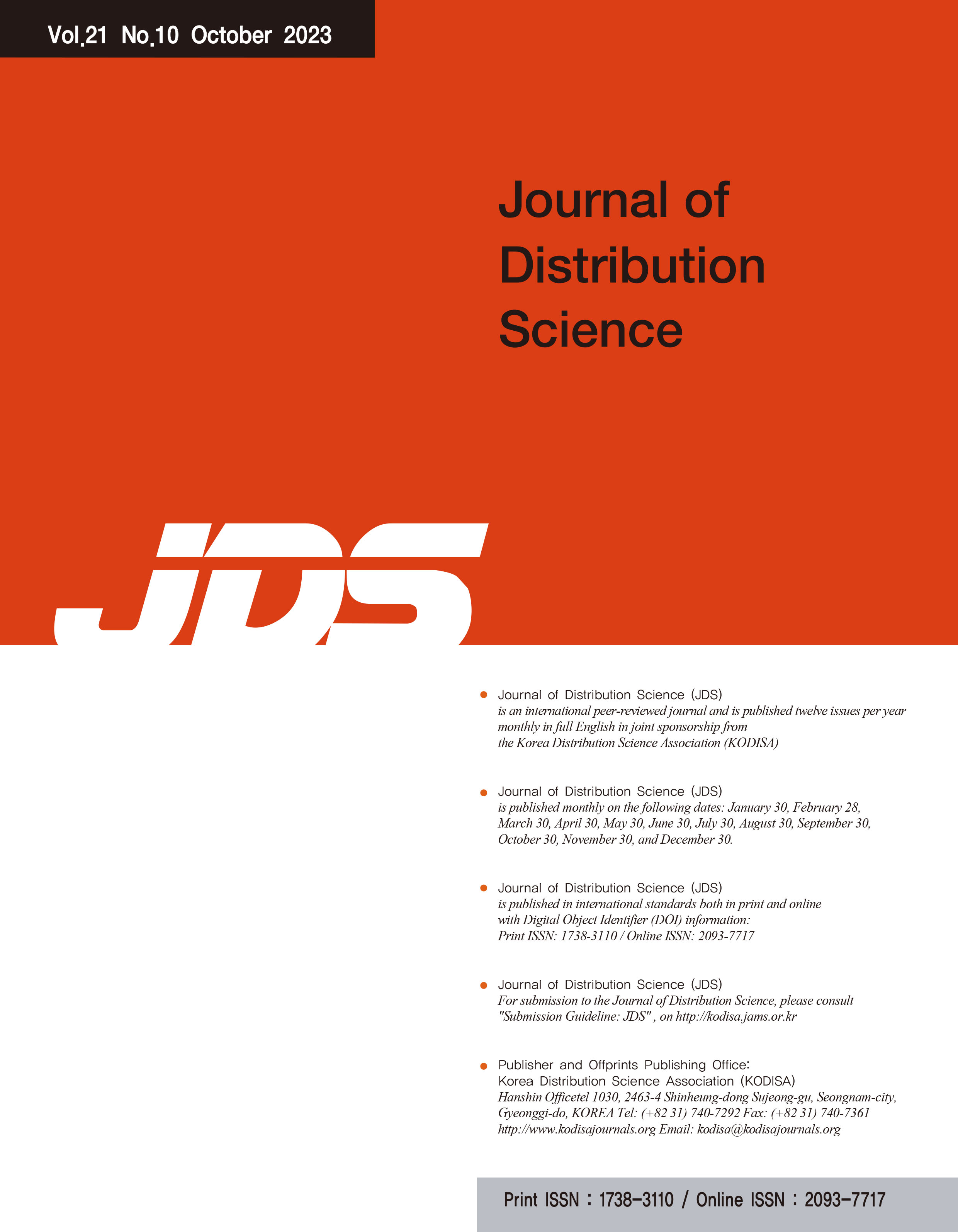 ISSN : 1738-3110
ISSN : 1738-3110
R&D Expenditure, International Trade and Economic Growth: Korea’s Experience
Mah, Jai-Shin
Abstract
Purpose - The purpose of this research is to investigate whether Korea's economic growth can be explained by the endogenous growth theory. Specifically, we test whether R&D expenditure has a positive and significant effect on the economic growth. Research design, data, and methodology - We hypothesize that R&D expenditure has a positive effect on the economic growth after adding control variables in the growth equation. Korean annual data from 1963 to 2011 from Science and Technology Annual of the Ministry of Education, Science and Technology, the Bank of Korea, etc. are used. We estimate the growth equation by GMM in addition to OLS. Results - We found that R&D expenditure has a positive and significant effect on the economic growth after adding the ratio of investment to GDP, the ratio of FDI to GDP, the ratio of government expenditure to GDP, inflation and the ratio of trade openness to GDP as control variables in the growth equation. Conclusions - Our results show that Korea's rapid economic growth for the past five decades can be explained by the R&D-based endogenous economic growth theory. Our results suggest that the policy attention of the Korean government be paid to R&D promotion.
- keywords
- R&, D Expenditure, Trade, Economic growth, Generalized method of moments (GMM)
Reference
Barro, R. J. (1997). Determinants of economic growth: A Cross-Country Empirical Study. Cambridge, MA: MIT Press.
Barro, R. J. (2013). Inflation and economic growth. Annals of Finance and Economics, 14(1), 121–144.
Bravo-Ortega, C., & Marin, A. G. (2011). R&D and Productivity:A Two Way Avenue?. World Development, 39(7), 1090-1107.
Choi, C., & Yi, M. H. (2009). The effect of the Internet on economic growth: evidence from cross-country panel data. Economics Letters, 105(1), 39–41.
Chun, H., Ha, J., & Kim, J. W. (2014). Firm heterogeneity, R&D, and economic growth. Economic Modelling, 36(1), 149-156.
Gong, G., Greiner, A., & Semmler, W. (2004). Endogenous growth: Estimating the Romer model for the US and Germany. Oxford Bulletin of Economics and Statistics, 66(2), 147-164.
Griffith, R., Redding, S., & Van Reenen, J. (2004). Mapping the two faces of R&D: productivity growth in a panel of OECD Industries. Review of Economics and Statistics, 86(4), 883-895.
Hansen, L. P. (1982). Large sample properties of generalized method of moments estimators. Econometrica, 50(4), 1029–1054.
Jones, I. C. (1995). Time series tests of endogenous growth models. Quarterly Journal of Economics, 110(2), 495-525.
Jung, J., & Mah, J. S. (2013). R&D Policies of Korea and Their Implications for Developing Countries. Science, Technology and Society, 18(2), 165-188.
Mago, S., Masasa, G., & Matunhu, J. (2013). The impact of globalization on business and economic development in Zimbabwe. East Asian Journal of Business Management, 3(2), 31-37.
Mah, J. S. (2007). Industrial policy and economic development:Korea’s experience. Journal of Economic Issues, 41(1), 77–92.
Newey, W. K., & West, K. D. (1987). A simple, positive semi-definite, heteroscedasticity and autocorrelation consistent covariance matrix. Econometrica, 55(3), 703–708.
Romer, P. M. (1990). Endogenous technical change. Journal of Political Economy, 98(5), S71–S101.
Seo, H. J., Kim, H. S., & Kim, Y. C. (2012). Financialization and the slowdown in Korean firms' R&D investment. Asian Economic Papers, 11(3), 35-49.
Tambi, M. (2015). Economic growth, crisis, and recovery in Cameroon: A Literature Review. International Journal of Industrial Distribution & Business, 6(1), 5-15.
Ulku, H. (2007). R&D, innovation and output: evidence from OECD and non-OECD countries. Applied Economics, 39(3), 291–307.
Young, A. (1998). Growth without scale effects. Journal of Political Economy, 106(1), 41–63.
Zachariadis, M. (2004). R&D-induced growth in the OECD?. Review of Development Economics, 8(3), 423–439.
- Downloaded
- Viewed
- 0KCI Citations
- 0WOS Citations
